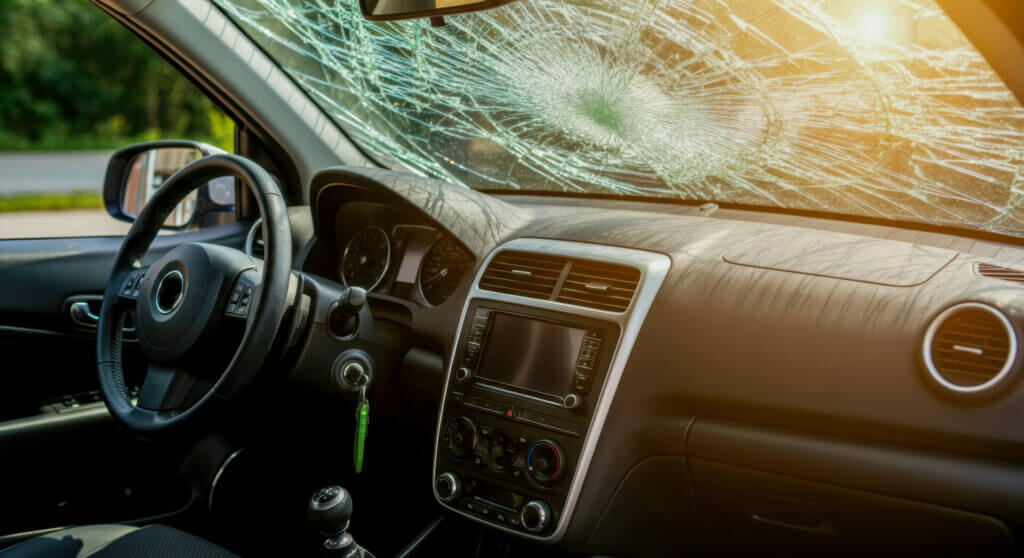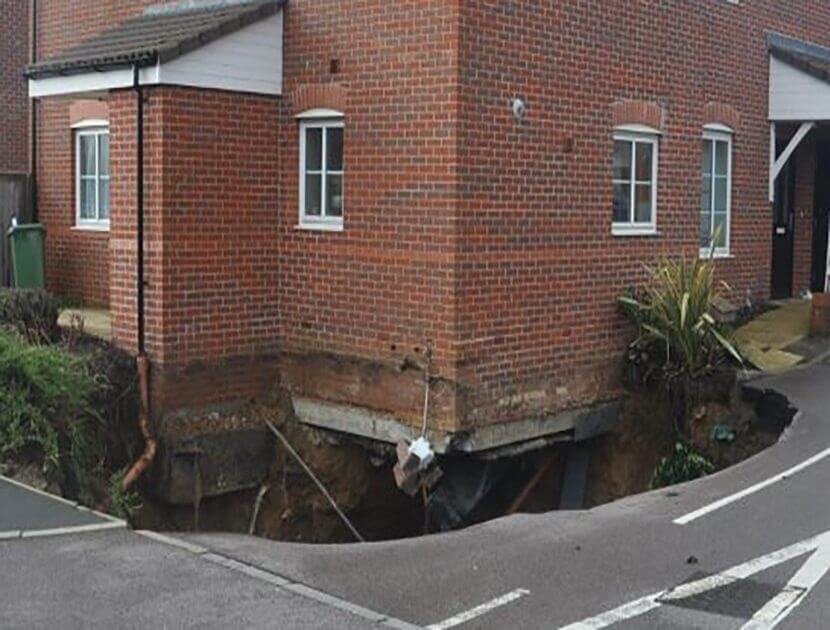Bye Bye Bamboo: Why Hong Kong is Phasing Out Traditional Scaffolding

Patrick Walsh discusses why Hong Kong are phasing out traditional bamboo scaffolding
Pedestrian Protection Through Vehicle Design

In this article, RTC Expert Adam Barrow explores the advancements in Pedestrian protection through vehicle design.
Understanding Ground Vibration and Noise from Railways: Key Insights and Future Directions

Vibrations are a constant, often unnoticed, part of our environment. However, when vibrations originate from external sources, such as road traffic, trams, or railway lines, they can intrude into homes, causing noticeable disturbances.
Built on Risk: The UK’s Mining Legacy

Discover how abandoned mines may threaten new developments, and how geotechnical assessments can be used to ensure safe, stable construction.
Working at Height – Making the Right Choices

Hannah Fletcher discusses legislation, safety precautions and protective equipment to ensure safe working at height.
Ballastless Railway Track: A Smooth Ride Ahead?

Civil Engineer, Thomas Leyland, discusses the history, development and future of ballastless or slab railway track and covers where and why it is used, recent increases in its use, and the potential results of this.
Industrial Arthritis: The Challenges of an Aging Plant

In this article, Divyeruthra discusses the challenges a power plant often faces as time goes on. Discussing mechanical and environmental factors.
Failure Investigation of FRP Composite Parts

In this article, Amir will discuss what a Fibre Reinforced Polymer is, how they are made and how their failures can lead to catastrophic loss.
Chemical Analytical Techniques in Forensic Investigations

Forensic investigators occasionally need to turn to analytical chemistry to solve a case and effect a recovery or repudiate a claim. James discusses the techniques Hawkins use and their application in real cases.
Push-Fit Fittings and Statistical Analysis

Hawkins investigates numerous escapes of water involving push-fit fittings, where it is important to determine whether the parts were defective or whether there were workmanship issues.